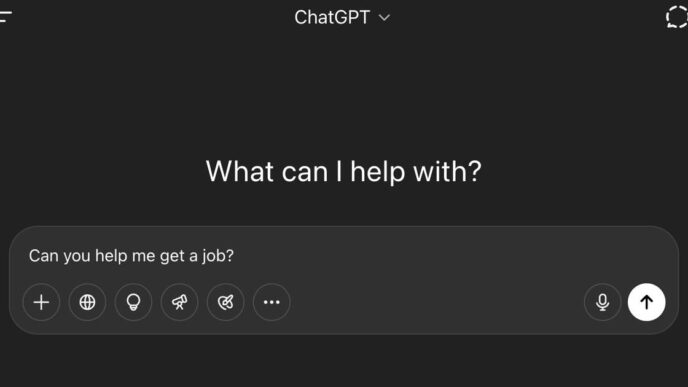The UK government’s Humphrey AI toolkit is using models from OpenAI, Anthropic, and Google, raising fresh questions about Whitehall’s deepening reliance on big tech.
Humphrey powers tools like Consult, Lex, and Parlex for analyzing consultations and legislation, primarily running on OpenAI’s GPT. Its Redbox assistant, which helps with briefings and daily work, taps OpenAI, Anthropic’s Claude, and Google Gemini.
The government is rolling out AI use across the civil service in England and Wales, with mandatory training for all officials. But it doesn’t have fixed commercial contracts with these AI firms. Instead, it pays per usage via cloud services, letting it swap providers as tech improves.
Critics warn this rapid adoption clashes with ongoing debates about AI’s training on copyrighted works. The government recently passed a data bill letting AI models use copyrighted material unless the rights holder opts out – sparking outrage from artists like Elton John, Paul McCartney, and Kate Bush.
Ed Newton-Rex, CEO of advocacy group Fairly Trained, called out a conflict of interest in the government regulating AI while embedding it in official workflows:
“The government can’t effectively regulate these companies if it is simultaneously baking them into its inner workings as rapidly as possible. These AI models are built via the unpaid exploitation of creatives’ work.
“AI makes a ton of mistakes, so we should expect these mistakes to start showing up in the government’s work. AI is so well known for ‘hallucinating’ – that is, getting things wrong – that I think the government should be keeping transparent records of Humphrey’s mistakes, so that its continuing use can be periodically reevaluated.”
Labour peer Shami Chakrabarti also urged caution, citing past tech disasters like the Horizon system that wrongly accused post office workers of fraud.
Whitehall defends Humphrey’s rollout, saying different tools handle “hallucinations” in various ways and that it publishes regular tech accuracy reports. A government AI playbook guides officials on using AI responsibly without losing control over decisions.
AI costs are expected to rise as Humphrey expands, but per-use prices are falling. Some projects, like the Scottish government’s AI consultation analysis, reportedly cost less than £50 and saved hours of work. The government’s AI Minute software costs under 50p for taking notes in a one-hour meeting and cuts admin time by about an hour per use.
A Department for Science, Innovation and Technology spokesperson said:
“AI has immense potential to make public services more efficient by completing basic admin tasks, allowing experts to focus on the important work they are hired to deliver.
“Our use of this technology in no way limits our ability to regulate it, just as the NHS both procures medicines and robustly regulates them.
“Humphrey, our package of AI tools for civil servants, is built by AI experts in government – keeping costs low as we experiment with what works best.”
When asked, ChatGPT itself wouldn’t confirm if OpenAI’s models power Humphrey, claiming that info wasn’t publicly available.
The rollout comes as the government plans to spend £23bn annually on tech contracts, promising bigger roles for smaller startups.














